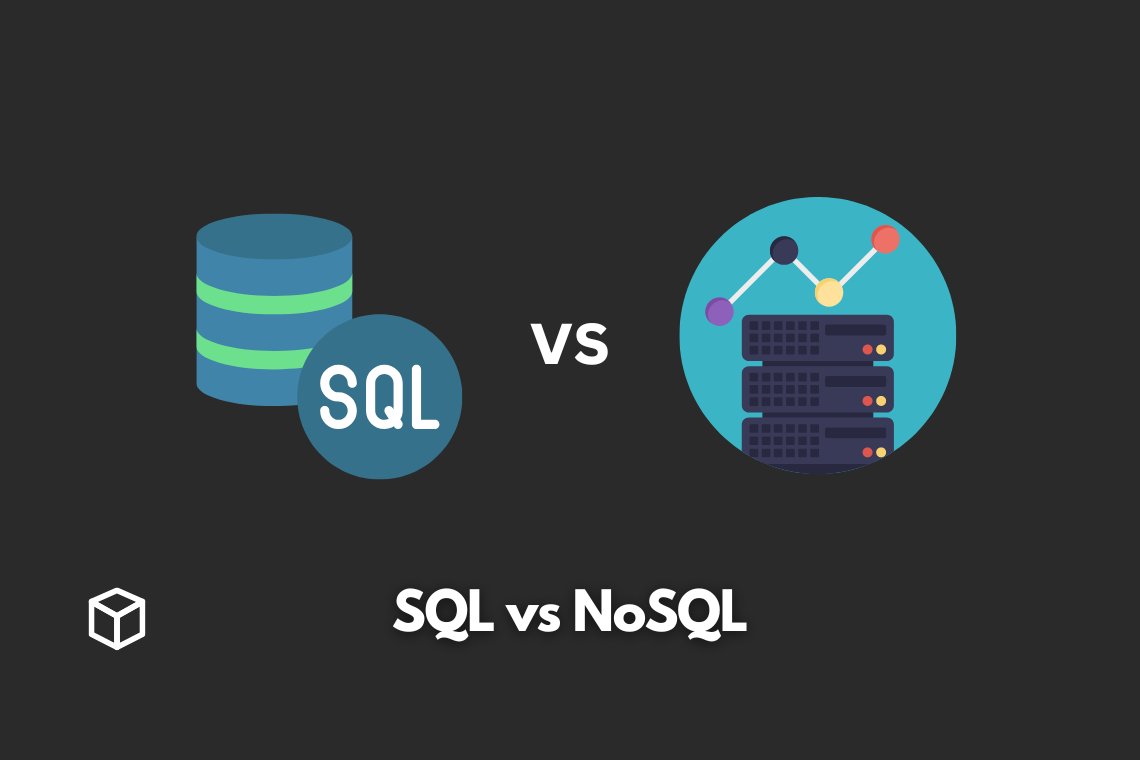Databases are the backbone of modern technology and are used to store, organize and retrieve data.
There are two main types of databases: SQL and NoSQL.
In this article, we will explore the differences between SQL and NoSQL databases and provide a comprehensive overview of each type.
SQL Databases
SQL stands for Structured Query Language and is a programming language used to manage and manipulate relational databases.
SQL databases are organized into tables, with each table containing rows and columns.
The rows represent individual records and the columns represent the data fields.
SQL databases are considered to be highly structured, with strict rules and constraints on data organization and storage.
One of the most popular SQL databases is MySQL.
It is an open-source relational database management system that is widely used in web applications, e-commerce platforms and content management systems.
Another popular SQL database is PostgreSQL, which is an object-relational database management system that is known for its ability to handle large amounts of data and support for advanced features such as full-text search and geospatial data.
Oracle is also a widely used SQL database, known for its enterprise-level features and scalability.
NoSQL Databases
NoSQL stands for Not Only SQL and is a type of database that does not follow the traditional relational model.
NoSQL databases are often used to store unstructured or semi-structured data, such as JSON documents or key-value pairs.
They are also known for their ability to handle large amounts of data and support for distributed systems.
One of the most popular NoSQL databases is MongoDB.
It is a document-based database that stores data in the form of JSON documents. MongoDB is widely used in web applications and big data projects.
Another popular NoSQL database is Cassandra, which is a distributed database management system that is known for its ability to handle high-scale workloads.
Redis is another popular NoSQL database, known for its high performance and support for in-memory data storage.
Comparison of SQL and NoSQL
SQL and NoSQL databases have their own set of pros and cons.
SQL databases are great for handling complex and structured data, but may not be as flexible as NoSQL databases.
NoSQL databases, on the other hand, are great for handling large amounts of unstructured data and are more flexible, but may not be as good at handling complex data relationships.
When deciding which type of database to use, it is important to consider the specific use case.
For example, if you need to handle large amounts of data and have a high write throughput, a NoSQL database may be the best choice.
If you need to handle complex data relationships, a SQL database may be the better option.
It is also worth noting that the distinction between SQL and NoSQL is not always clear-cut, and some databases may have features of both types.
For example, some SQL databases now support JSON data storage, and some NoSQL databases now support SQL-like query languages.
Conclusion
In this blog post, we have provided an in-depth overview of SQL and NoSQL databases, including their characteristics, popular examples, and use cases.
We have also compared the pros and cons of each type of database and discussed how the two types of databases can be used together.
We hope that this information has helped you to understand the differences between SQL and NoSQL databases and make an informed decision when choosing a database for your next project.
In the future, we can expect the evolution of databases to continue and the line between SQL and NoSQL to become even more blurred.
It will be interesting to see how the development of these databases and how they will adapt to the ever-changing needs of businesses and organizations.
With the growing amount of data being generated, we can expect to see a greater emphasis on scalability and the ability to handle large amounts of data.
Additionally, with the increasing use of cloud computing, we can expect to see more databases that are designed to work seamlessly with cloud-based infrastructure.




